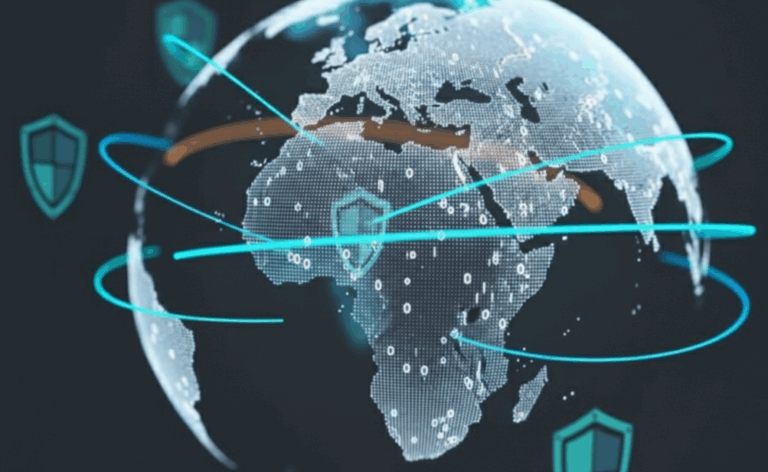It’s 2016. A lot has changed since the days of TV ads, billboards and direct mail. We’ve seen all the data and read all the trends. Today’s your target audience is more tech savvy than ever before. They’re on Twitter, Facebook and Snapchat, navigating the “interwebs” with reckless abandon. And they’re consuming content faster than ever before. So it is important that everyone who wants to automate their marketing, understand the omni channel approach with which they can connect and engage their customers in a meaningful, relevant way.
Before we get started I fully recognize that there are a number of different individuals from different industries who are reading this. So when we talk about communication channels, I want to be clear that the channels represented here, cover the basics of marketing communication. There will likely be other channels that are not included in this list, that are relevant to your industry that you will want to consider.
It is critical when we talk about automating our marketing channels, that we understand why we are automating, what we are automating and how we are automating. Each channel will have it’s own unique goals and approach related to the why, what and how. This will become apparent as we begin to unpack the different channels and how your customers are using them.
At a high level we’d like to outline the following channels;
- Social Media
- Google & SEO
- Corporate Website
- Customer Communication
- Mobile Applications
- Customer Communities
- Brick & Mortar
- Feedback
Understanding Omni Channel
As we look at the holistic customer journey, one of the terms that you will see is omni channel. This term simply indicates all the marketing channels along your customers journey to your organization. The typical sales funnel is being uprooted by new channels and processes everyday. Your customer may learn about your product or service by walking down the street, seeing a Facebook post and browsing Instagram, among a variety of other ways. Understanding this will help you see your communications differently.
Let’s remember that as you evaluate all of these different channels, consider how automation can assist you in connecting with your audience, gathering data about your customer, but more importantly bringing value to them. This omni channel approach should help you see your marketing differently. It’s time we begin looking at marketing not as campaigns or headlines, but as value creation.
“It’s time we begin looking at marketing not as campaigns or headlines, but as value creation.”
Now that we’ve defined our communication channels, we need to determine how each channel fits into the broader goals of our strategy. As we discussed in the scorecard post, what are the critical metrics that you are trying to move and what are the levers (or channels) that will help you move them?
This activity should be done with each channel. Remember, engage your team! As you begin to outline which metrics are impacted by which channel, you will begin to see how each channel can be utilized to gain the traction you’re looking for.
For starters
Let’s take a look at a quick example. Imagine one of the metrics on your scorecard is to increase awareness, and add leads to your CRM system at a trade show. As we review all of the channels you are currently communicating through, there are definitely a few that would be relevant. Social Media, Google & SEO, and your corporate website. These channels could all be used to drive awareness (among others) for your involvement at the show. The key is to now review all of customer touch-points and see if there may be an opportunity to drive awareness through them as well.
Now let’s consider how automation could help us achieve this goal. Here are just a few ideas to get you started;
- Prizes: Determine a “conference only” prize that when visitors visit a website landing page, they will automatically be entered in the drawing. Then share the landing page on social media to gather more leads. Be sure to note they must be present to win. 🙂
- Deliver: Bring value to your customers from the booth. What can you deliver at the conference? Think about your product or service. Are there things you can do to help them overcome their challenges in small doses? Be sure to scan their conference card in order to receive it.
- Promote: Determine what the conference #hashtag is and begin developing blog posts prior to the conference related to the topics that will be highlighted. Share these posts via social media and include the conference #hashtag and then direct visitors to visit the booth. You can gather their contact information and provide the value you positioned in your marketing efforts.
This example represents the front end of the customer buying journey. It is a relationship generator. What happens when you get that email address is critical. If you truly want to develop a deeper customer relationship, don’t keep asking for the sale, add value. When you add value, the process of marketing automation will feel invisible and you’ll develop trust.
Over the last week or so we’ve covered a large area with a couple of high altitude posts. First we outlined customer touchpoints. Then we discussed the scorecard. And then we highlighted the initial stages of automation. In our final post of the series, we will be reviewing the entire cycle in a visual that will assist you in continuing the dialogue with your colleagues.
Is there a specific example you would like us to cover? Comment below and we can provide a case study that is specific to your needs.





